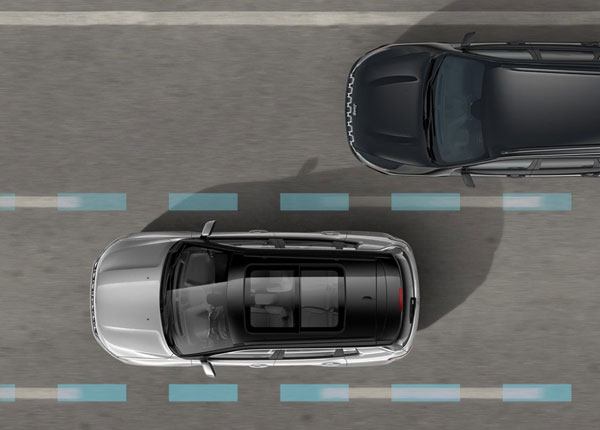
Lane Positioning: Choosing The Best Position for Every Driving Situation
Updated Oct. 26, 2020It may surprise you to find out that lane positioning is not just a concern for motorcyclists and cyclists. Car drivers must also learn how to position themselves within a lane appropriately. It is not simply a matter of remaining centered in your lane or as many drivers assume, keeping to the right. Different driving situations demand different lane positions.
Understanding how to choose the correct lane position is easy, once you know what you are working with. There are five different lane positions to choose from; positions 1, 2 and 3 relate to traveling in a single lane, while positions 4 and 5 should be used when merging into a different lane.
Lane position 1
Lane position one is your primary or “default” position, as it is the safest position to drive in under normal circumstances. Your vehicle is in lane position one when it is central, with at least three feet of space between the sides of the car and the left and right lines. Holding lane position one will discourage other motorists from encroaching on your lane or attempting to squeeze past.
Lane position 2
In lane position two, your vehicle is aligned to the left, approximately three to six inches away from the left dividing line. You would assume this lane position when:
- Avoiding a hazard in the right part of the lane
- Preparing yourself for a left turn
- The lane immediately to your right is occupied by road workers or emergency responders
Lane position 3
In lane position three, your vehicle is aligned to the right side of the lane. As with lane position two, you should hold this position roughly three to six inches away from the right dividing line. You would assume lane position three when:
- Avoiding a hazard in the left part of the lane
- Preparing to make a right turn
Lane position 4
Your car is in lane position four when it is straddling the left dividing line. You must only occupy this lane position under the following circumstances:
- When changing to the left
- When there is an obstacle in the middle of your lane which you cannot brake to avoid
You must take care not to create a hazard for any vehicles in the left-hand lane with which you are merging.
Lane position 5
Your car is in lane position five when it is straddling the right dividing line. Lane position five must only be assumed when:
- You are changing lanes to the right
- There is an unavoidable hazard in the center of your own lane
- You can do so without creating a hazard for drivers in the right-hand lane
Lane positions for bicycles
Generally, the far, right side of the lane is the ideal position for cyclists to occupy. Under other circumstances, it may be appropriate for cyclists to occupy different positions or take up the entire lane. As a car driver, you must be aware that cyclists are entitled to the full lane under the following conditions:
- The cyclist is passing or overtaking another road user
- The cyclist is preparing to turn into a private roadway or left at an intersection
- The lane is not wide enough to be shared safely by a cyclist and another vehicle
- The lane in question is marked for bicycle use only
- The cyclist is avoiding a hazard in the right part of the lane. This may be a pothole or more commonly, a parked vehicle
You should always check your state driving manual for location-specific rules relating to sharing the road with cyclists. Car drivers are required to keep a certain distance away from cyclists when passing them. Several states set this minimum safe passing distance at four feet, while in others it is three feet. Refer to your own handbook for details and never pass a cyclist unless you are certain there is enough room to do so safely.




